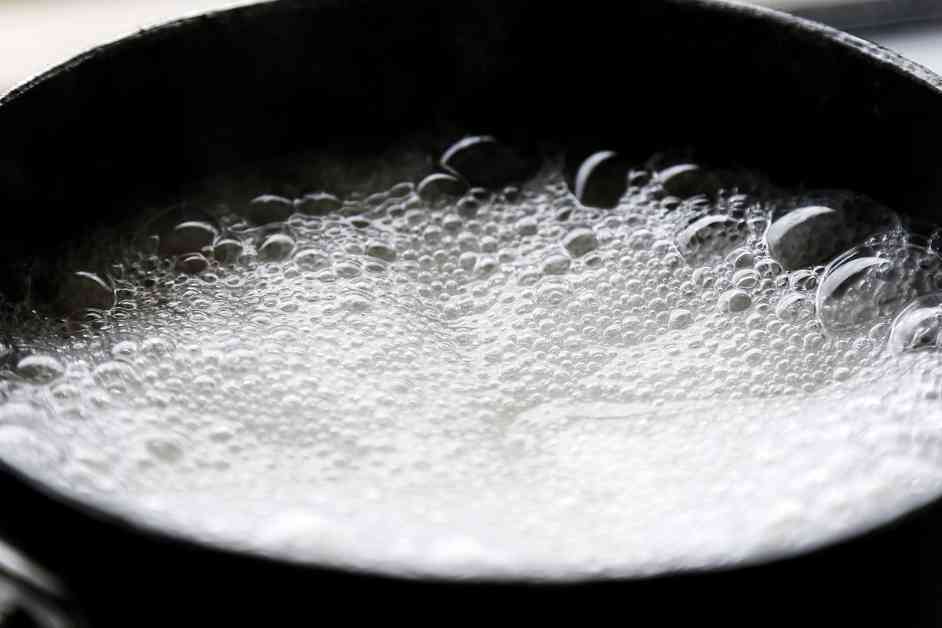Boiling food in space is not as easy as it sounds. On Earth, gravity helps keep water at the bottom of a pot, but in space, water floats around. Food scientist Larissa Zhou has been working on a solution to this problem for the past four years. She designed a device called H0TP0T, which is shaped like a wedge and uses forces like capillary action and surface tension to keep water contained while boiling in microgravity.
The H0TP0T device has a unique design, with a sheet of aluminum alloy bent at a 45-degree angle and glass panes covering each end. This design allows water to stay in one corner of the pot, preventing it from floating away. Heating elements on the outside of the pot ensure that water is heated evenly, even without the help of gravity-driven convection. A pressure valve on the lid releases steam, making it possible to cook food by boiling in space.
In May 2022, a miniature prototype of the H0TP0T was tested on a modified Boeing 727-200 aircraft that simulates weightlessness. The device successfully cooked pasta in microgravity, showing promise for cooking food in space using boiling methods. Zhou is continuing to develop the H0TP0T, with plans to adapt it to work as a sous vide system as well. This would allow for cleaner cooking and the reuse of boiling water, making it a more sustainable option for space cooking.
While the focus is currently on developing technologies like the H0TP0T for space travel, there is potential for these innovations to have applications on Earth as well. Zhou envisions a future where technologies developed for space can also benefit people in disaster situations or other challenging environments. By continuing to improve space cooking gadgets, researchers like Zhou are not only helping astronauts thrive in space but also paving the way for innovations that could improve cooking experiences on Earth.






